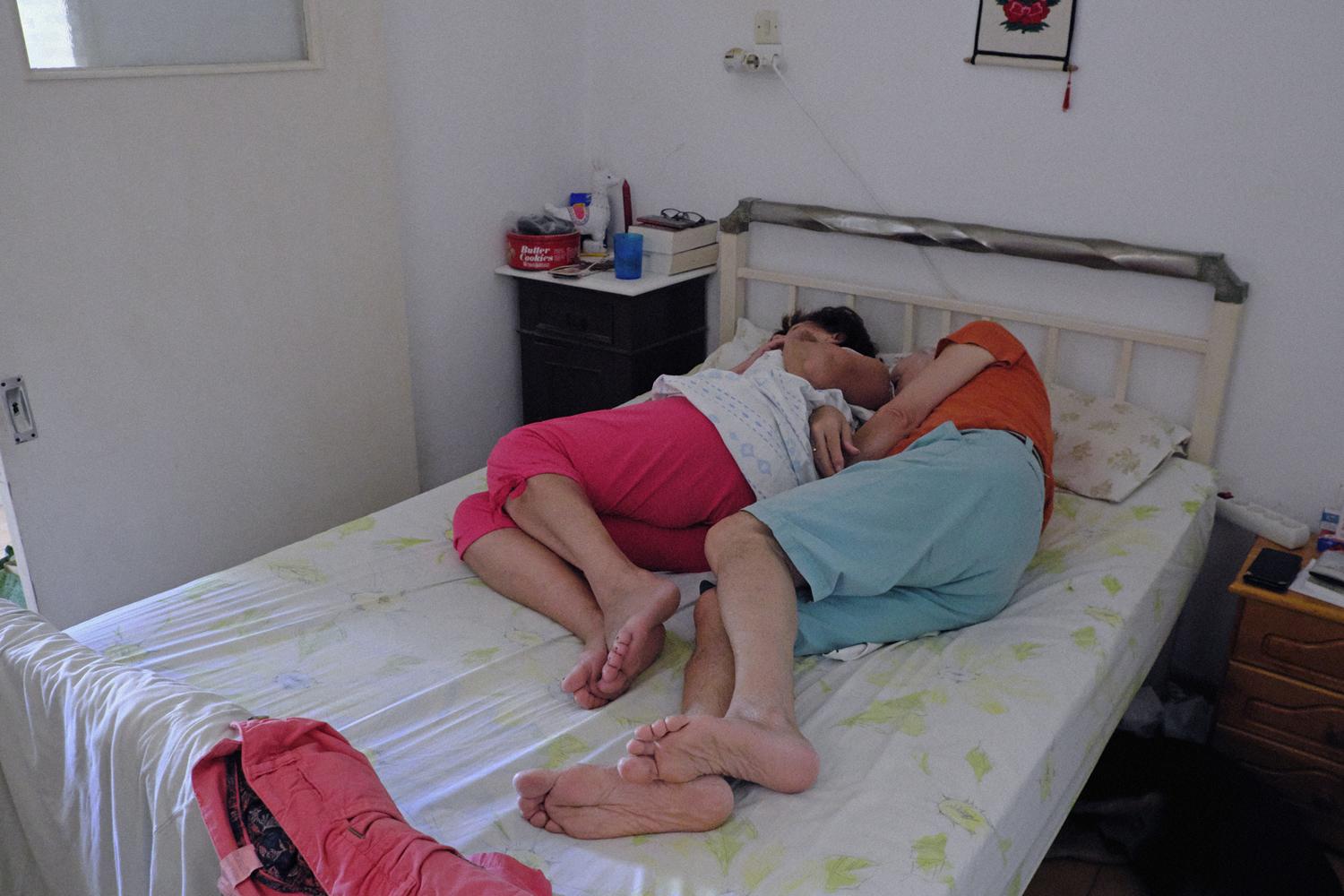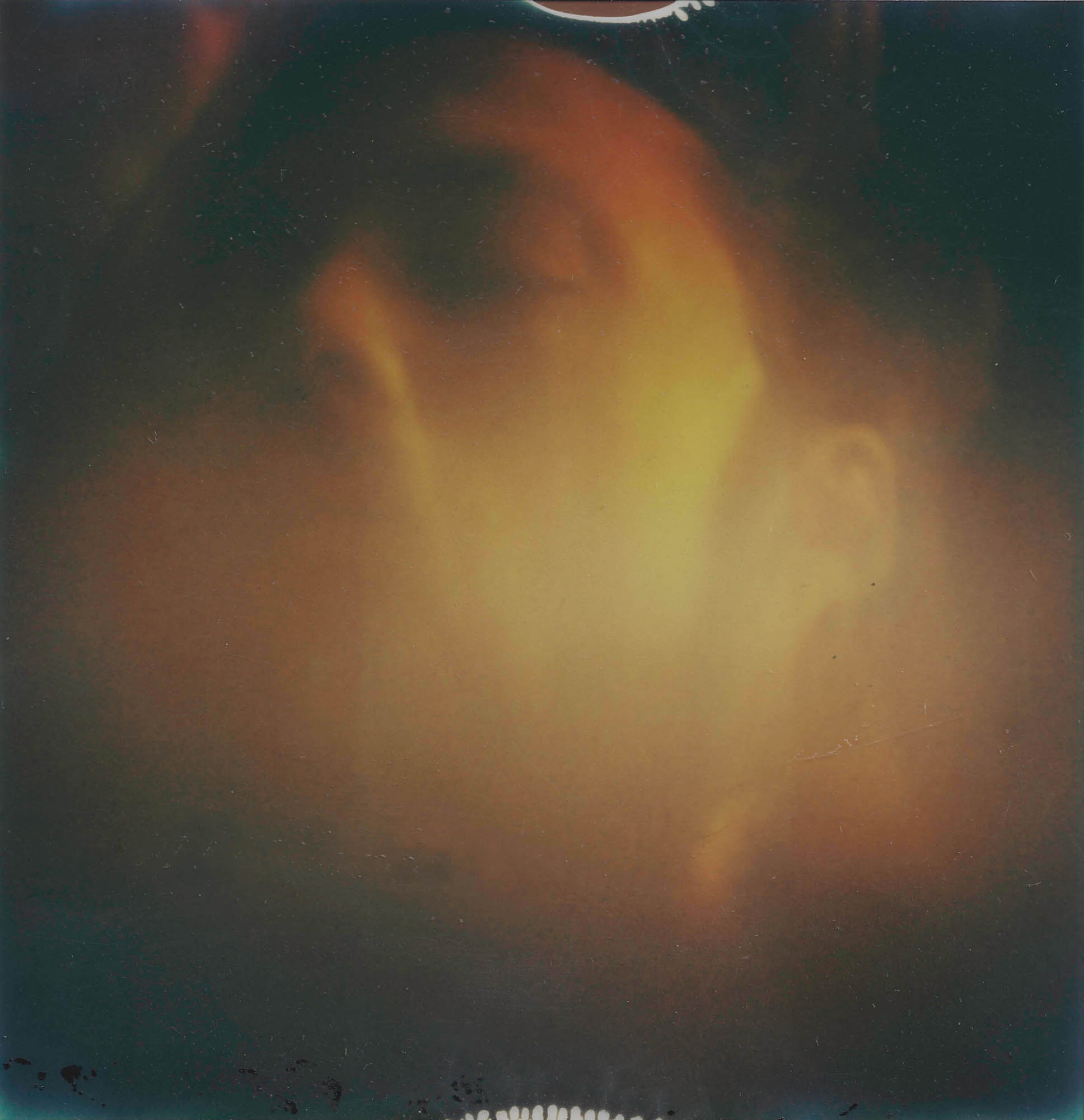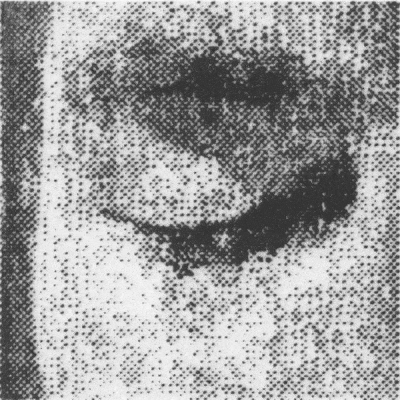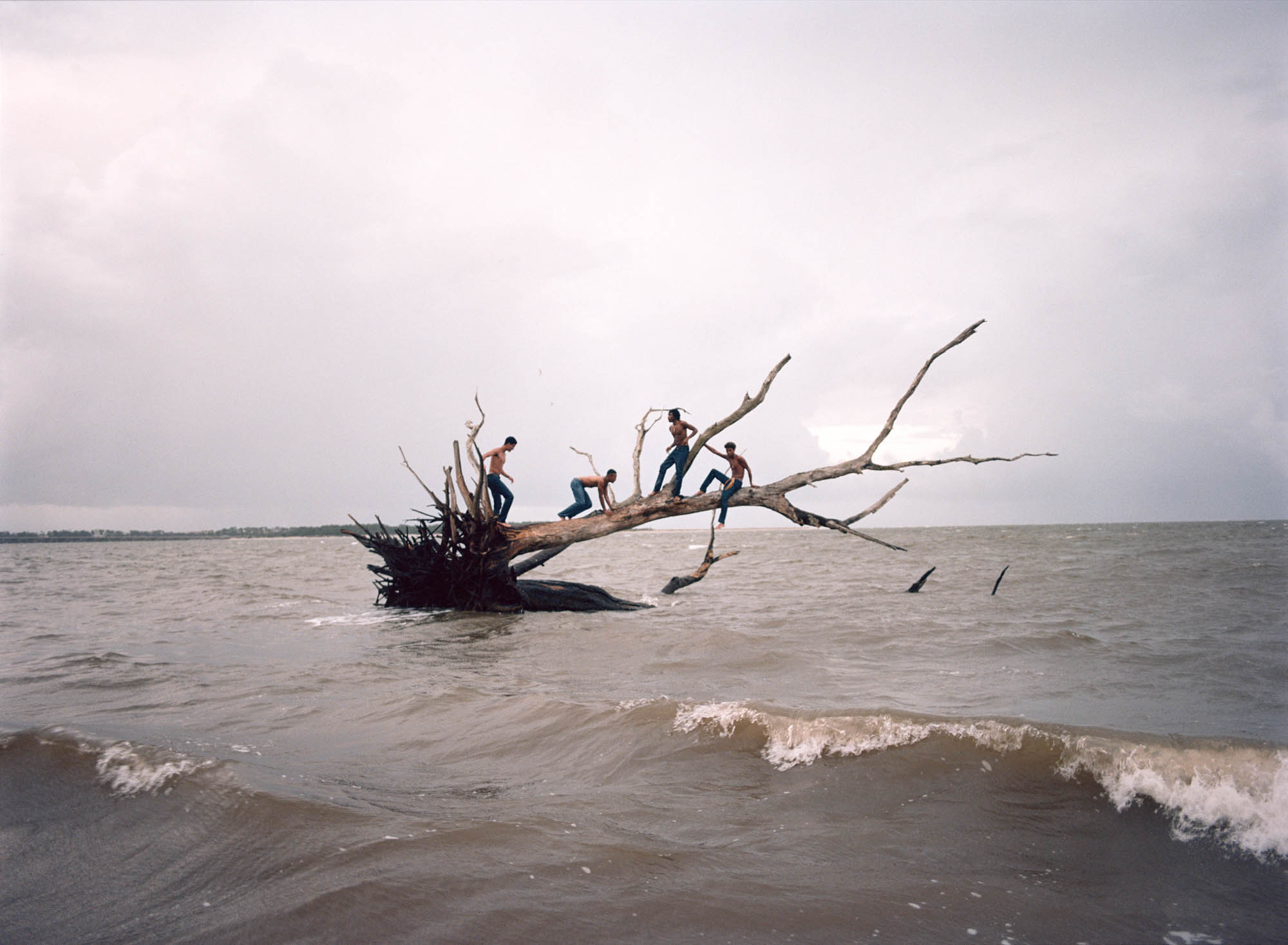Your cart is currently empty
Something Vibrant – Houwen Su
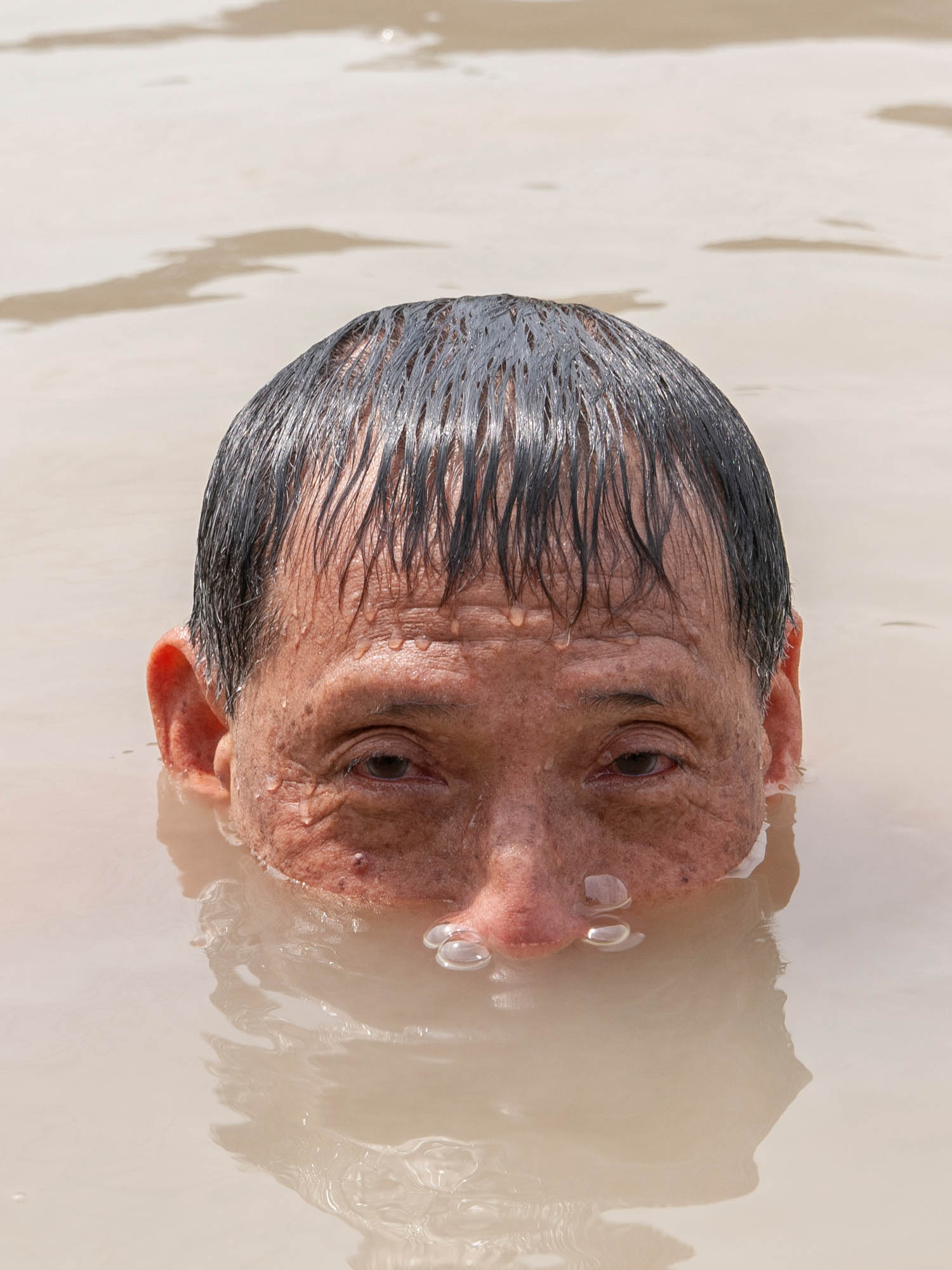
In Something Vibrant, Houwen Su has spent years tracing the path of the Xindian River from the mountains of New Taipei City, along the highways, and finally into the heart of Taipei. Along the way, he narrated the wildness and loss in the small mountain and towns.
Artist : Houwen Su
Series : Something Vibrant
Published by AKAAKA
The fascinating and eclectic scenery, together with their fleeting presence, compel Houwen to keep thinking: “If nothing along the river seems to change, then what separates the past from the present?” Many things appear repetitive, but what stands out are the small differences that emerge in between, as well as the chance encounters along the way. The people and objects give the artist a strange sense of belonging, even though they often feel like passing visitors.
The philosophy question is like the flowing river itself, continues without end. It’s no longer just about history, cultures, or scenic places. Through this project, the artist has woven the people, places, and events into a fictional and fantastical river work shaped by memory, reflection, and imagination.
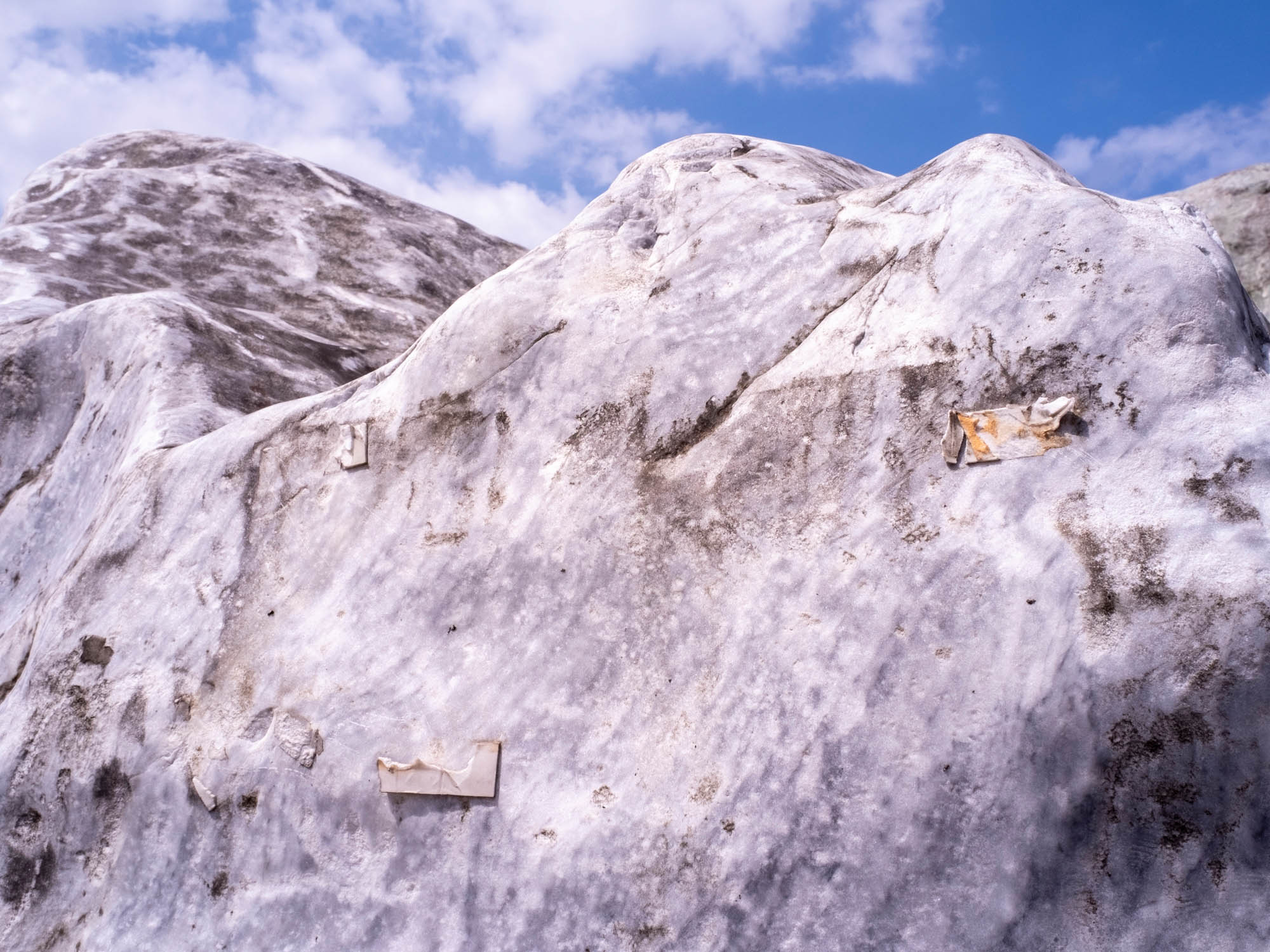
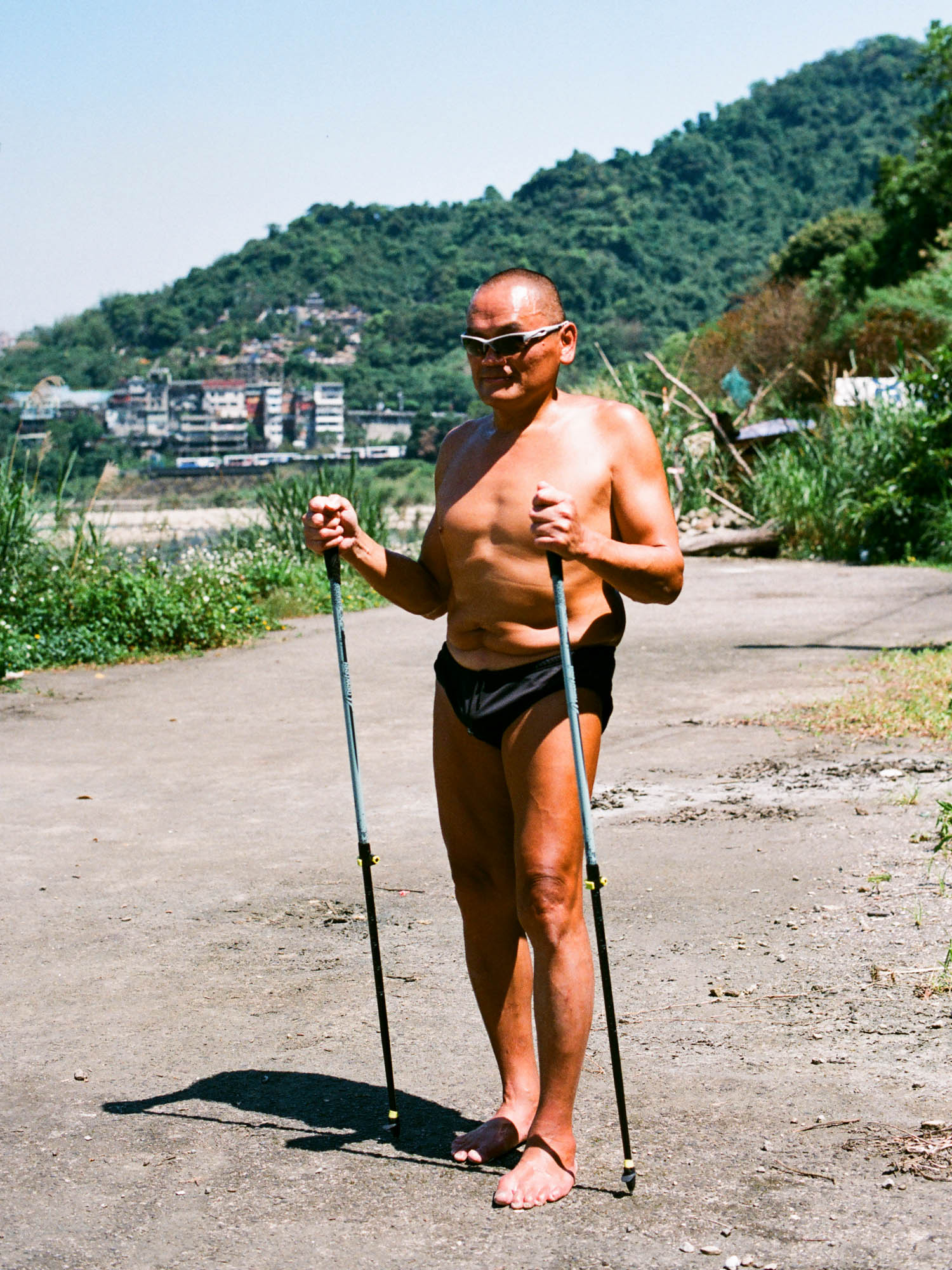
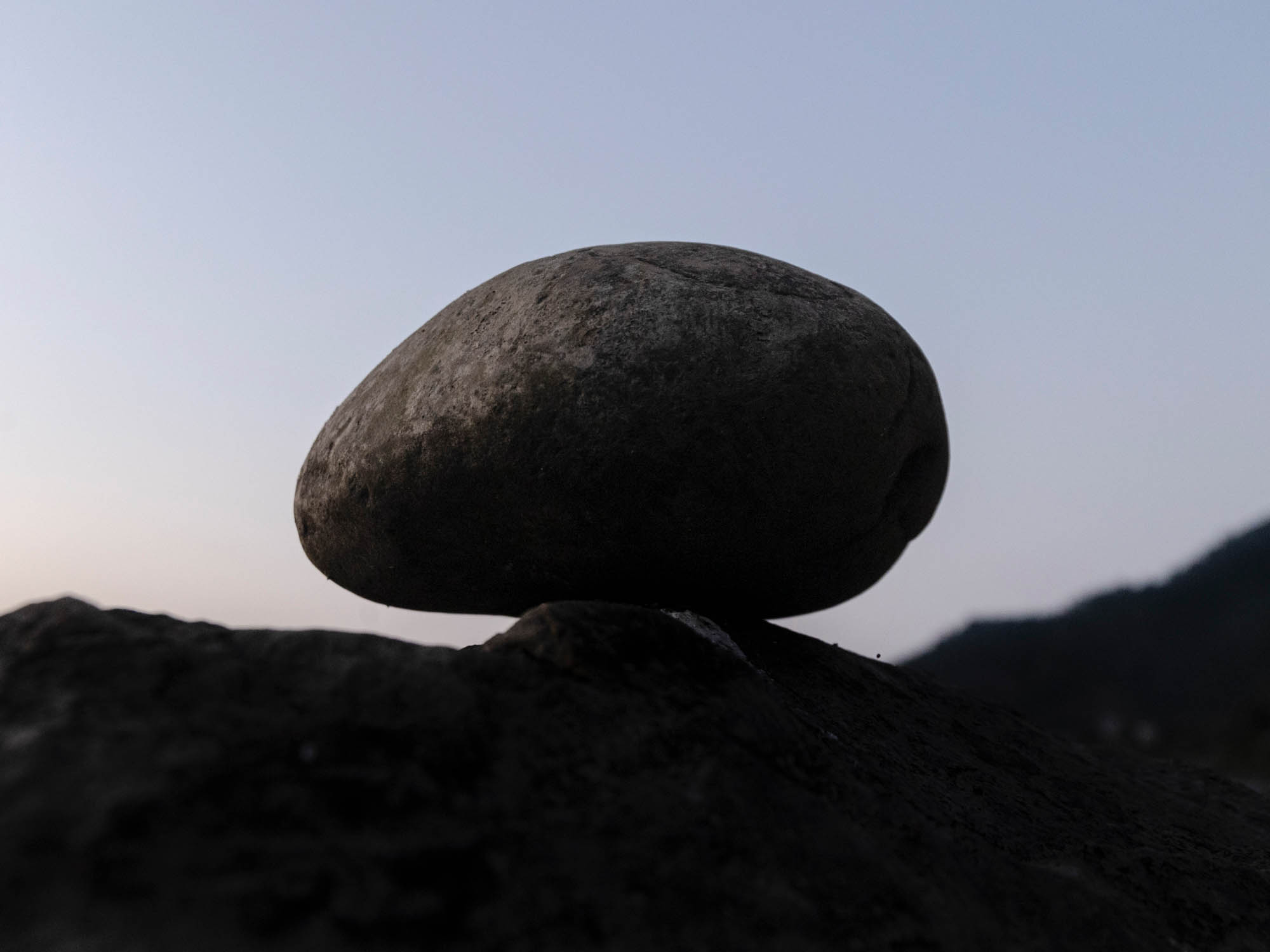
Ecaterina Rusu : Over the ten years you spent photographing the rivers, how did your perception of this environment shift both visually and emotionally?
Houwen Su : Over the ten years of photographing the river, my focus gradually shifted from broad explorations to a deeper engagement with the landscapes and people along its course. In 2014, I had just moved to live near this well-known river in New Taipei City. At first, I simply wanted to take my camera and follow the river and its branches as it passes through both urban and suburban areas, then continue wandering and photographing along the mountain roads. In the beginning, I didn’t consider it an art project—I was merely documenting what I saw in the moment, hoping to learn more about the river.
Later, as I started searching for historical materials, I discovered how simple yet distinctive many of the local place names were. Some were named based on immediate contextual circumstances. For instance, one interpretation of the place name Xindian suggests it came from the extension to “new shops” during the town’s development. Others were named after the visual impression of the surrounding terrain. Through these names, I felt as though I was traveling across time and geography.
However, what truly captured my interest was not documenting the picturesque views of the river, but uncovering the “unseen” aspects of the river and the people connected to it. That was when I became aware of the creative possibilities. Although I photographed many landscapes, I intentionally avoided images that were overly informative or illustrative. And though I photographed many strangers along the river, what I truly aimed for was to express their unique relationships with the river in a more intimate and meaningful way.
ER : Do you usually go to the river with a camera in mind, or do you go there first just to be present and see what happens?
HS : I do both. Sometimes I decide in advance where I want to go, but I also add unremarkable or lesser-known spots on the map, or venture into narrow, rarely traveled paths or mountain valleys. Often, I’ll turn on my phone’s map and GPS, take a screenshot of my location, and send it to my wife. In case I get lost in the mountains, she might still have some clue where to find me (laughing). All in all, It depends on the situation. It’s sometimes the unexpected shots that please me more.
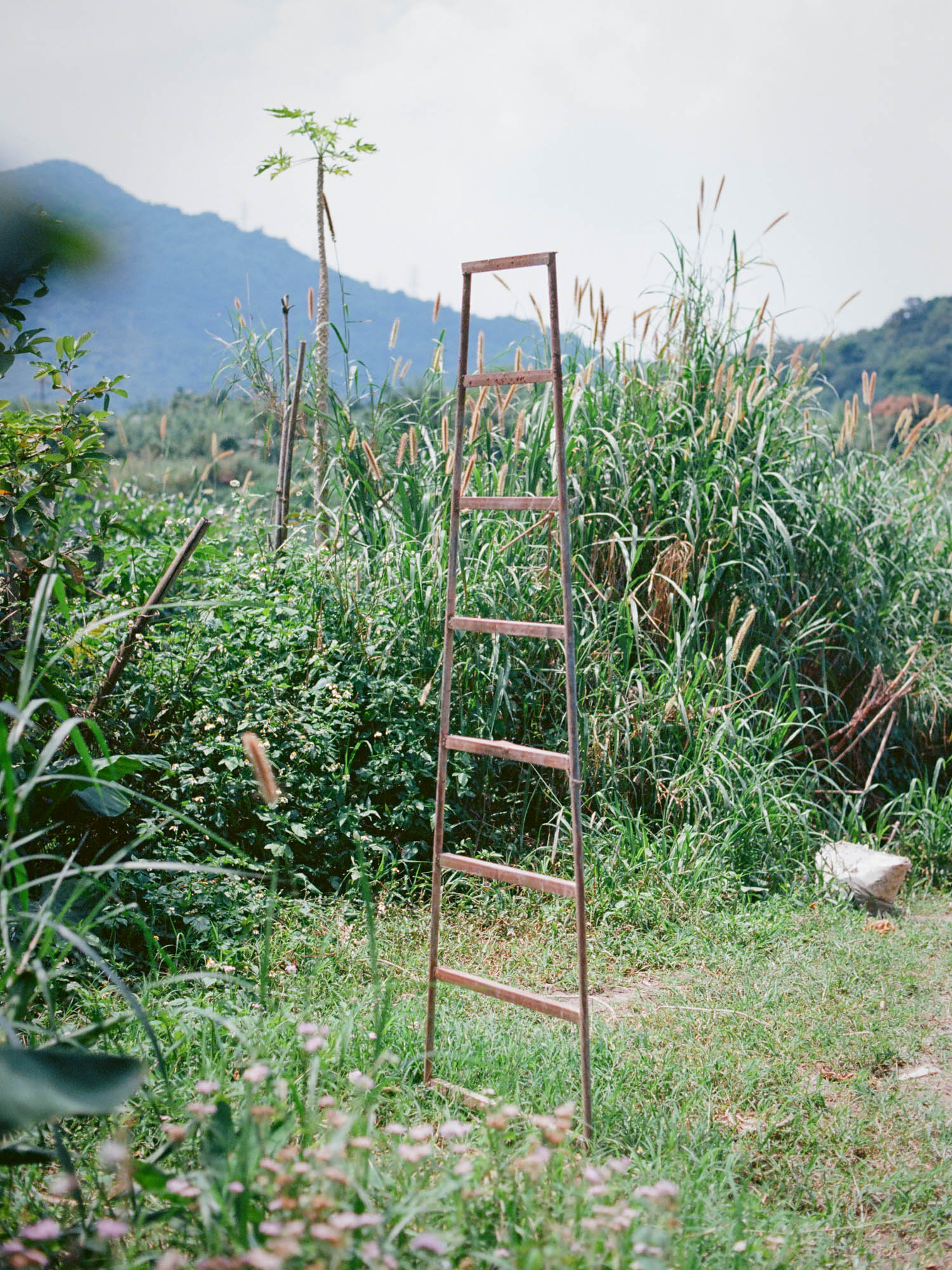
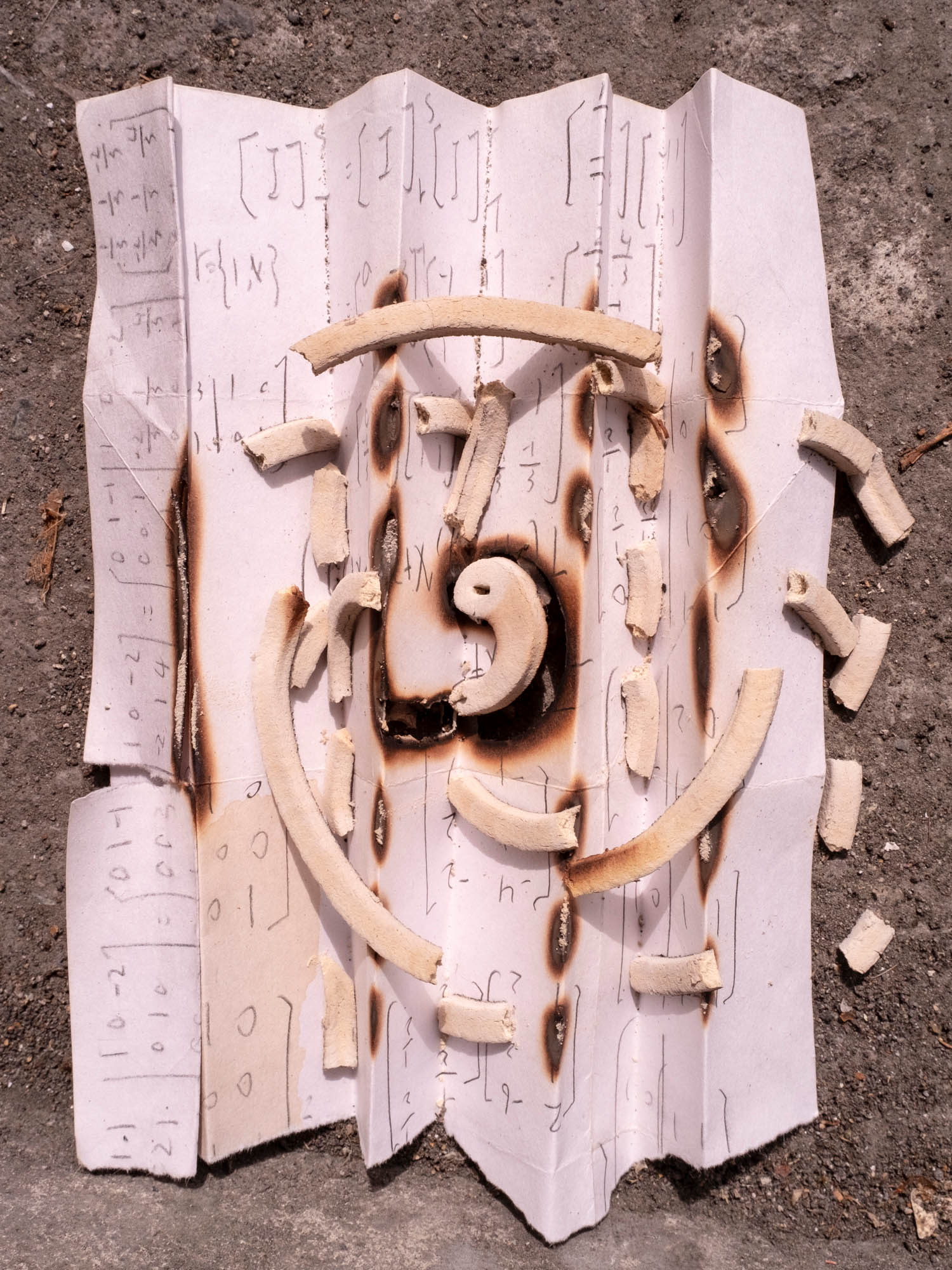
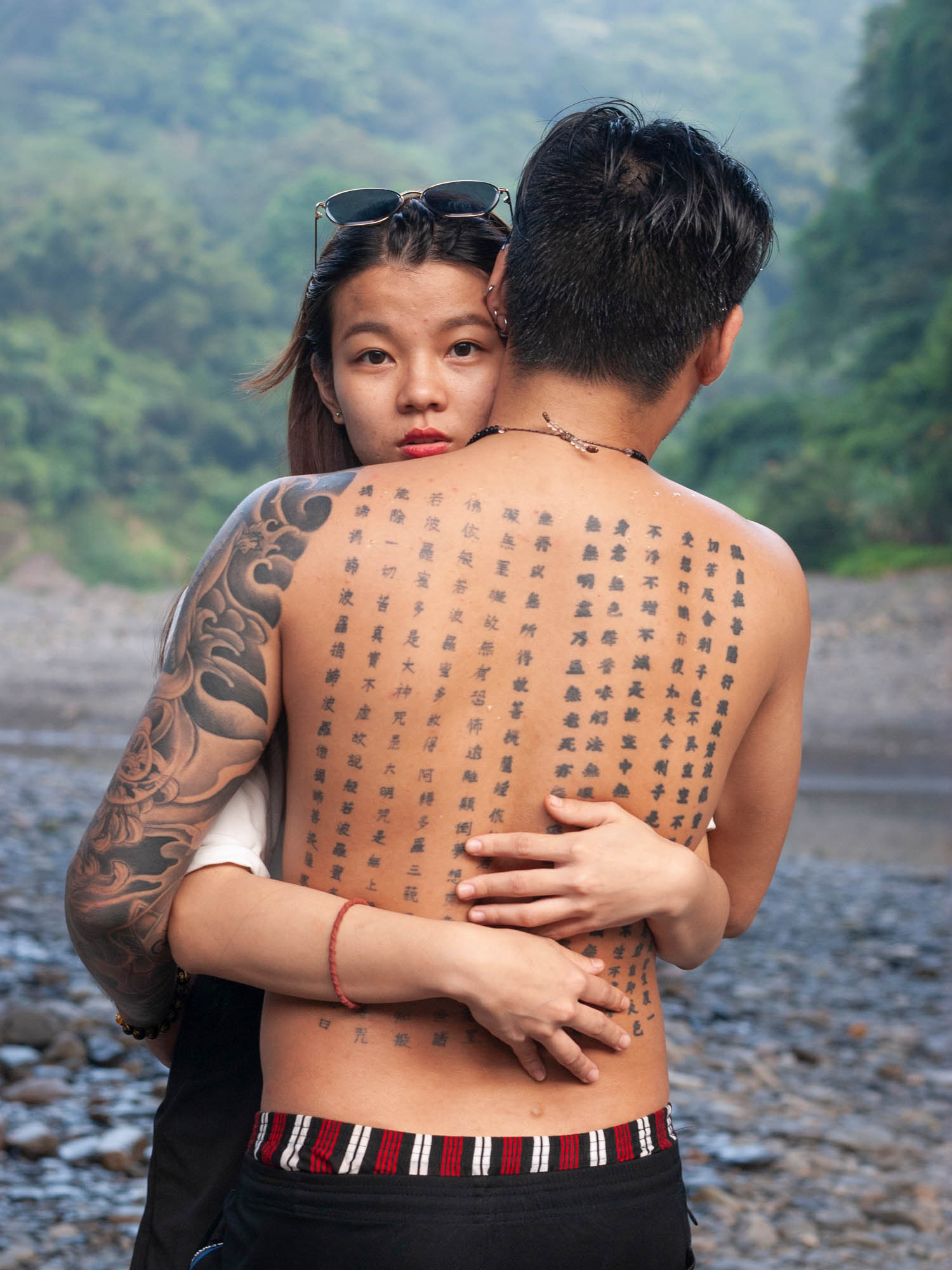
ER : How do you see the role of metaphor in your work? Are the river and its surroundings more of a symbolic space to you, or are they rooted in very specific personal memories?
HS : When I’m shooting, I don’t always think too much about whether the images will become metaphors. The work has shifted slightly through different stages. In the earlier phase, it was more focused on visual impressions and atmosphere. That may sound abstract, but I hoped the images would carry a sense of imaginative events. For example, one photo shows a large stone. Does it resemble a mountain with natural color? What are the marks on its surface, and why are they there? In another image, there’s an outdoor space filled with golden turtles. What kind of place is this and why are they arranged as if performing a ritual? Or, in another photograph, two young people are floating on their backs in the riverbed. Why are their bodies and the net used to catch river shrimp raised toward the sky?
Even though these images may appear to be a sequence of metaphors open to interpretation, they are all connected to this river. At the same time, I believe the work carries memories of the river. It’s not in a fixed or rigid way, but rather as something fluid, even capable of breaking through blurred boundaries. (The Chinese title of my project, Something Vibrant, captures this meaning more clearly. The word Vibrant of the project in English suggests something blurred due to vibration.) Most of the time, I rely on intuition. Meanwhile, some of the portraits are posed through communication, trying to add a bit of fiction to the work.
ER : Do you feel this project changed your relationship with photography in general?
HS : This long-term project made me aware of my smallness. Through photography, I was able to see those captivating, multifaceted landscapes and fleeting presences. It led me to reflect from a philosophical perspective: If the scenery along the river appears largely unchanged, then what really separates the past from the present? Many moments may seem repetitive, yet what’s subtle and meaningful are the differences that emerge within that repetition, and the chance encounters that arise. The people, events, and objects I encountered by the river gave me a sense of belonging that’s hard to express, and yet, at the same time, they felt like impressive figures in a continuous flow.
ER : How did you know when to stop? After 10 years, what made you feel that it was finished?
HS : At the end of 2019, my work caught the attention of the Japanese publisher AKAAKA, and I was invited to make a photobook. At the time, we planned for a publication around 2021. During the two years leading up to publication, I continued photographing. However, in 2020, the outbreak of COVID-19 brought a great deal of uncertainty to the entire publishing process.
To be honest, even knowing the book was going to be published and despite the pandemic, I never set a clear endpoint for the project. Although the photobook was eventually published in 2024, it didn’t feel like a conclusion to me. Instead, it felt as if I had simply walked a certain distance with the project, which reflected a particular kind of emotion, observation, and way of thinking I had toward this river.
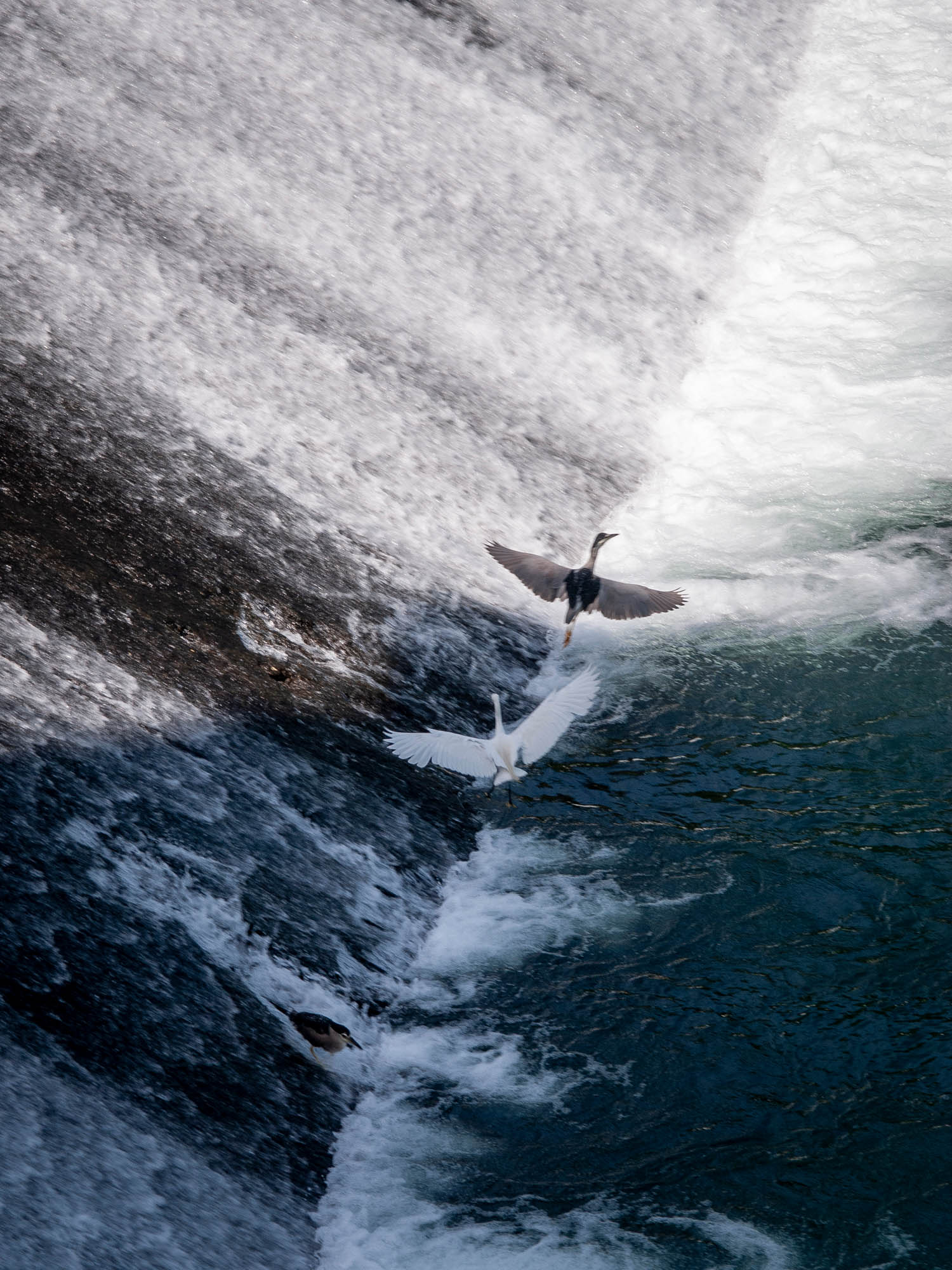
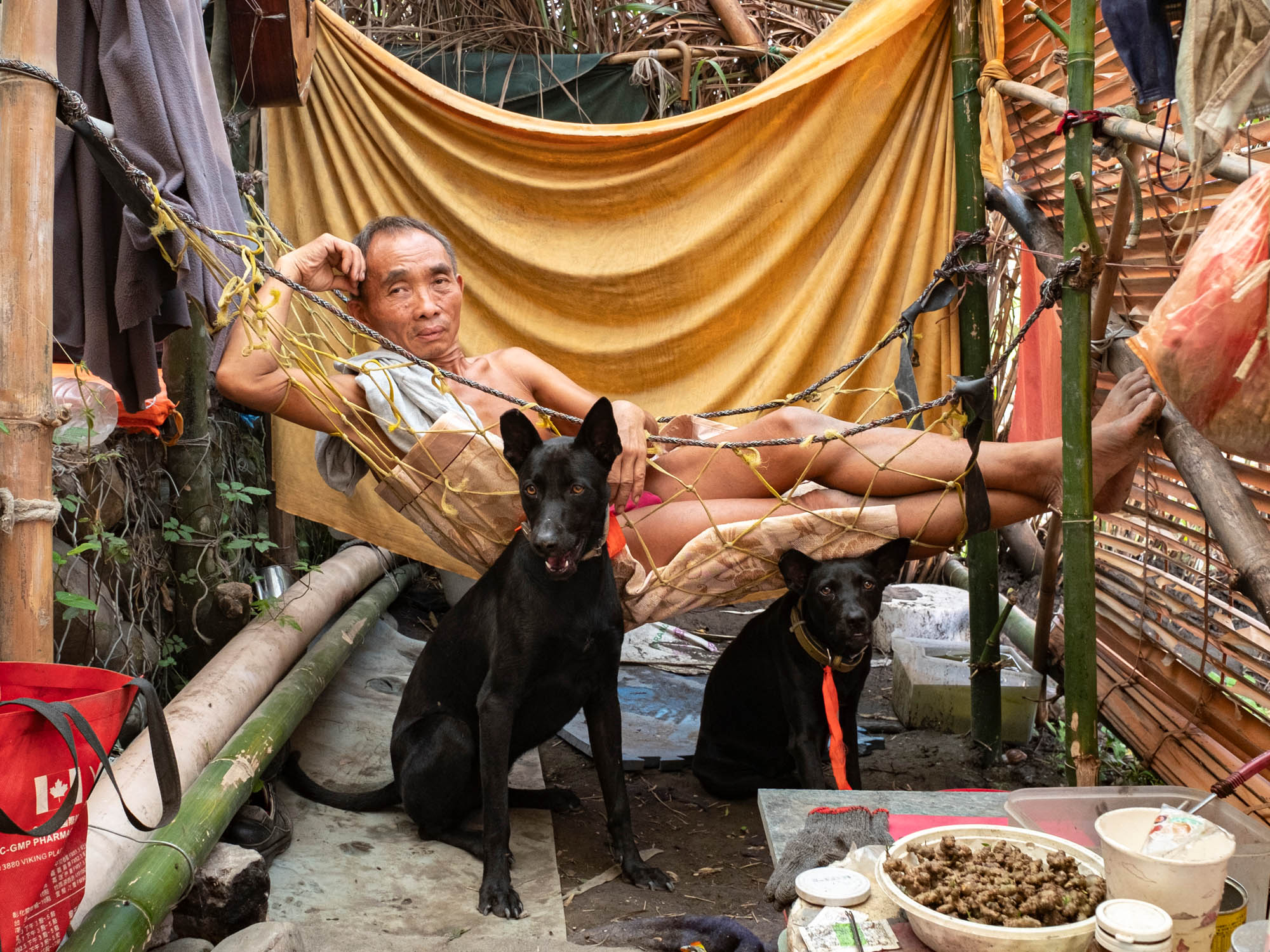
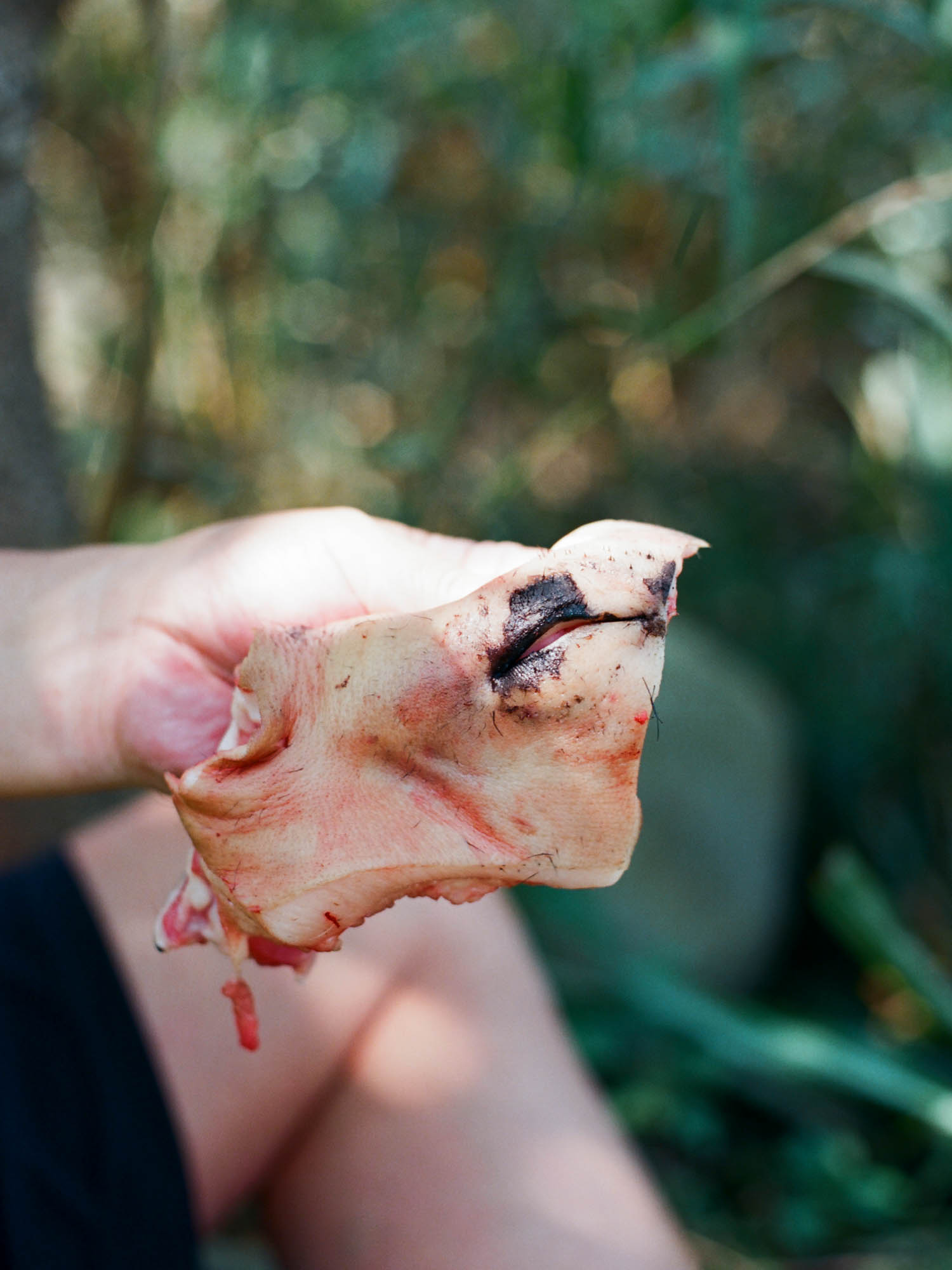
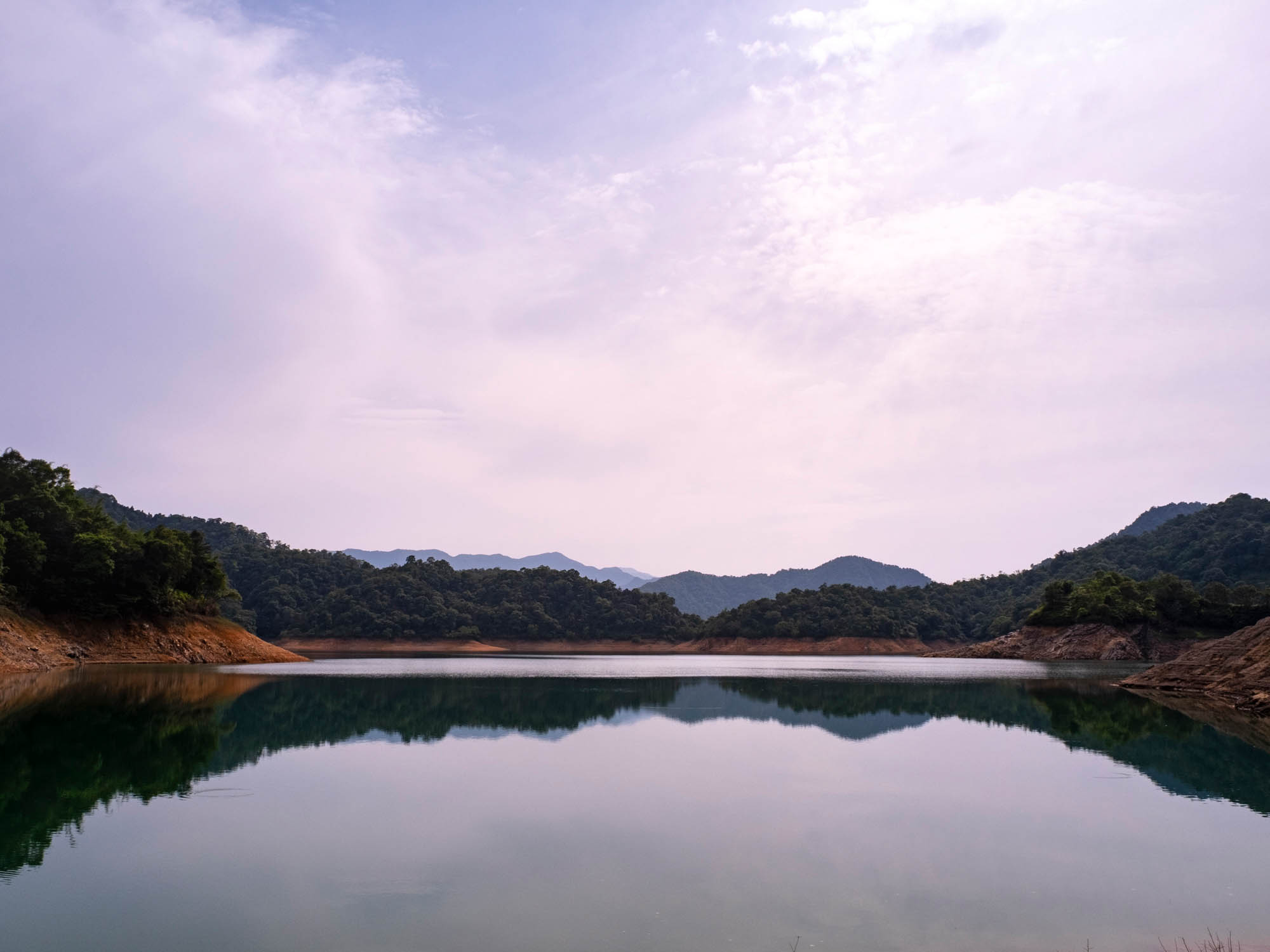
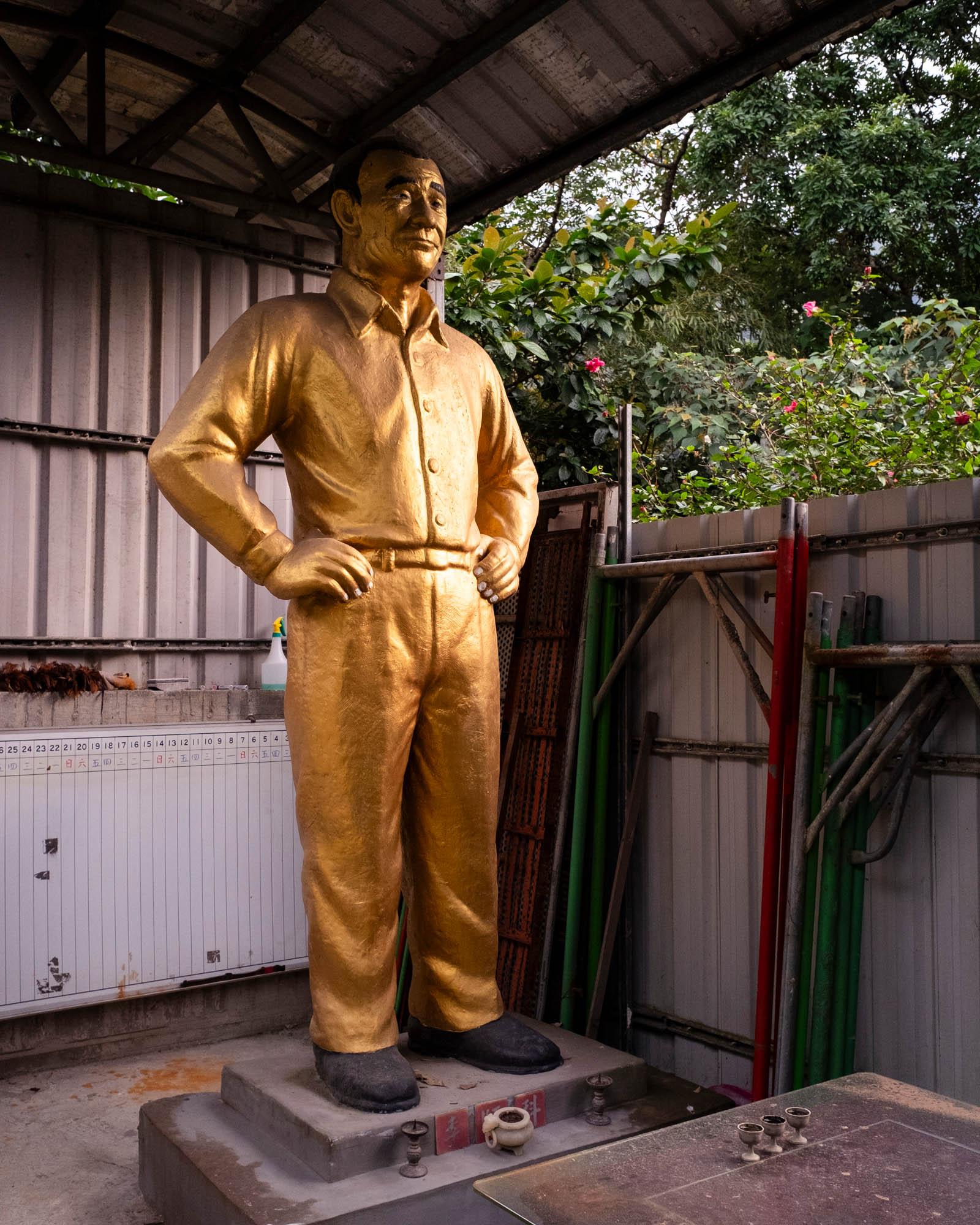
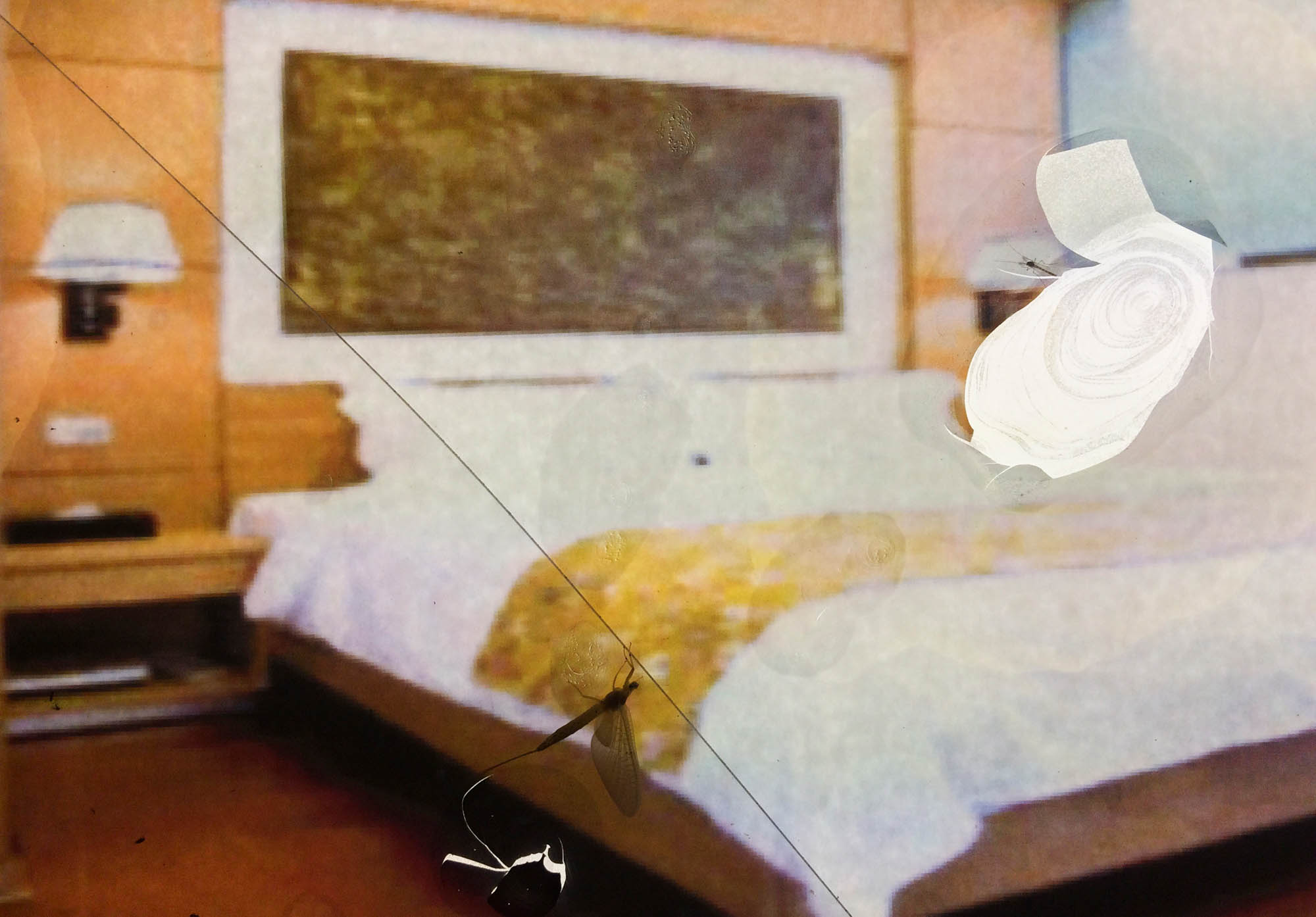
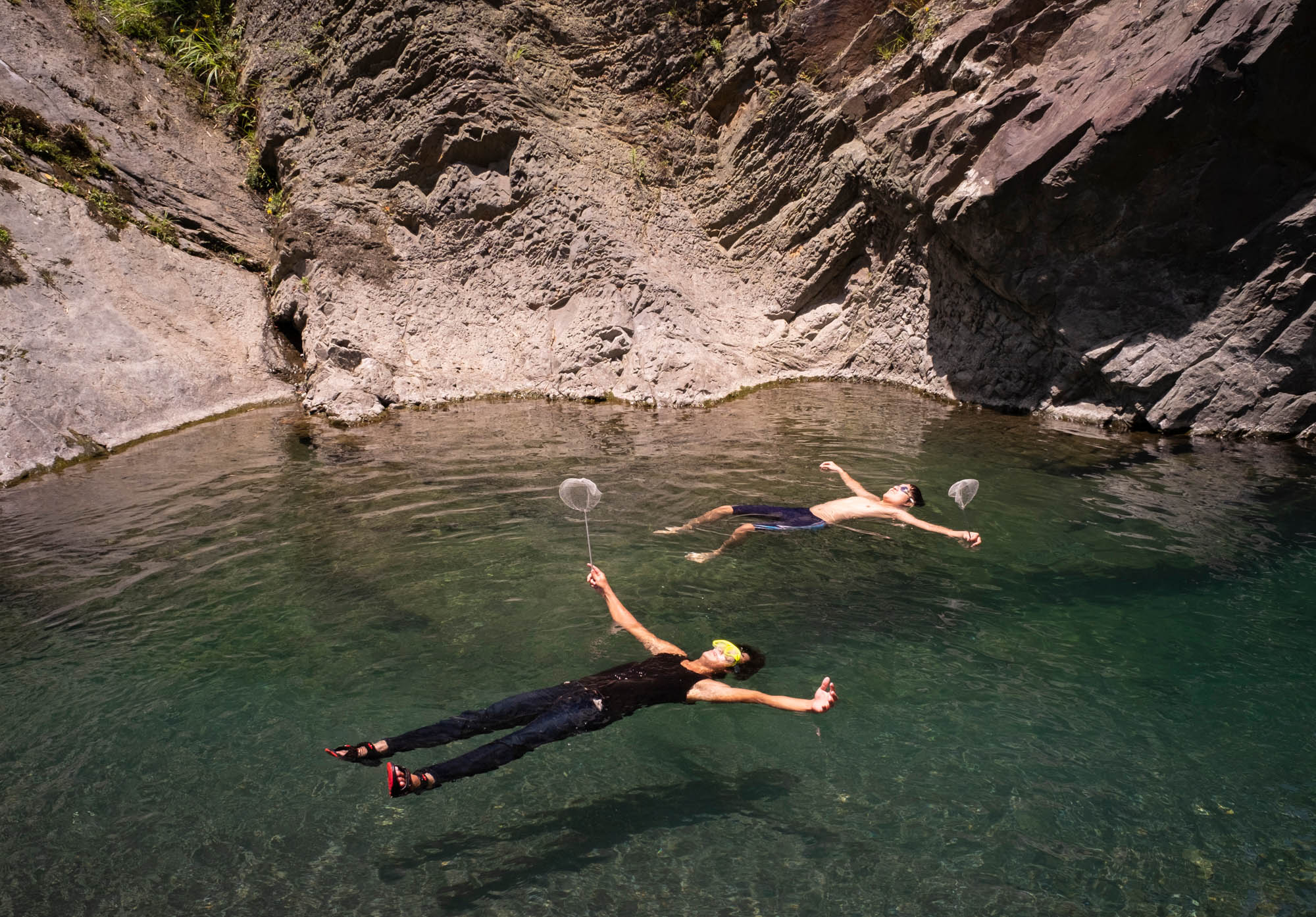
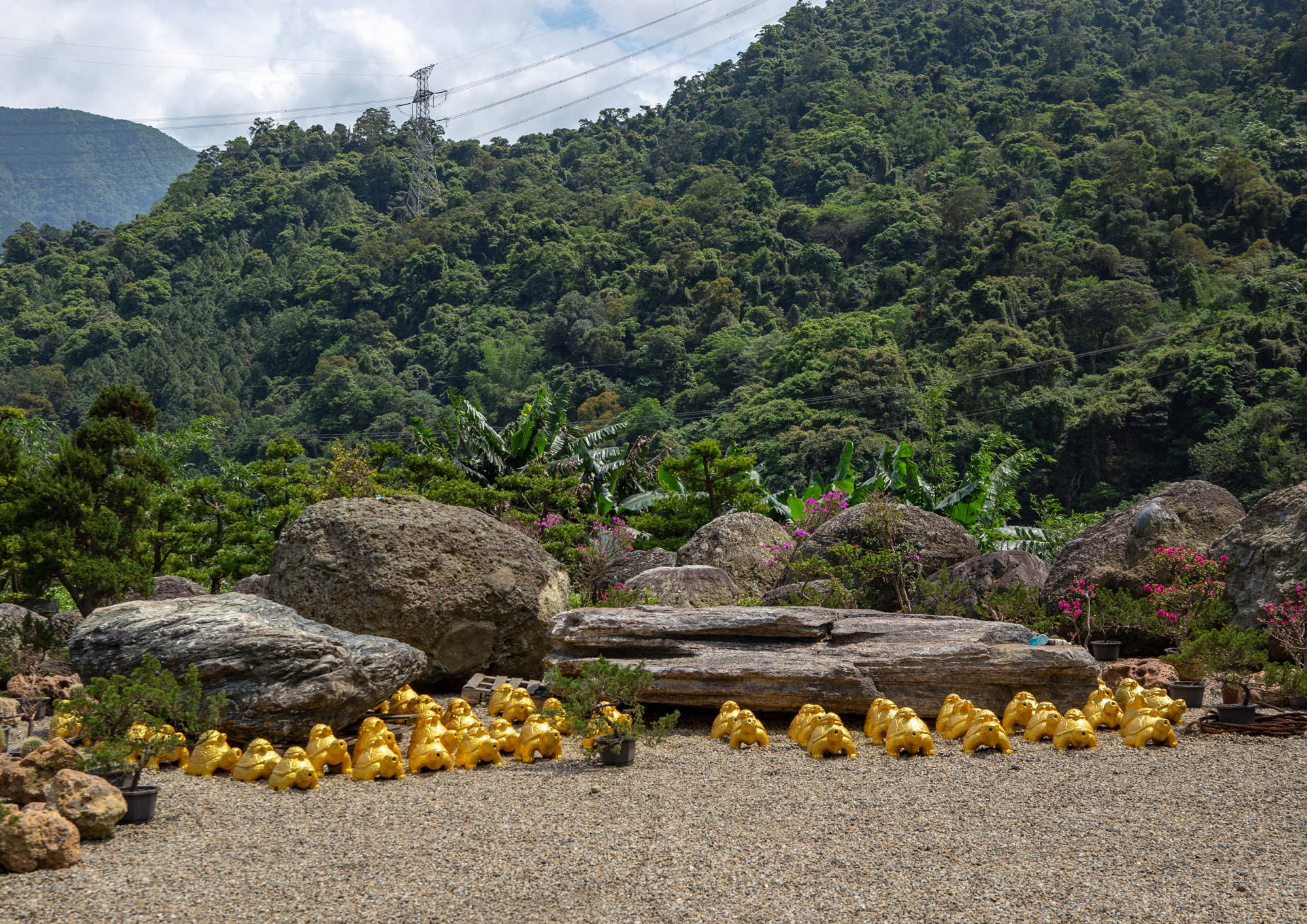
© Houwen Su – All rights reserved
Editor : Ecaterina Rusu

